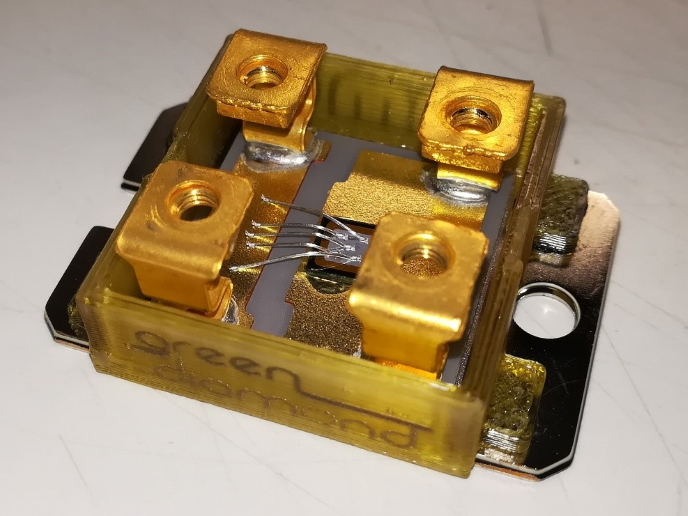New lens technology for solar collectors
The concentrated photovoltaic (CPV) market currently relies on optics made of silicon-on-glass. The light transmission through this type of lens deteriorates over time, and the lifetime of the material can be as little as 15 years. A better option in terms of durability is a polymer-on-glass lens, which would also increase the power generation of CPV modules by 5 %. Within the EU-funded POLYGLASS project, consortia successfully developed a prototype manufacturing process and prototype CPV module that uses these lenses. The project set out to deliver this new competitive product with a view to prolong material lifetimes, reduce installation and maintenance costs, and reduce manufacturing costs. Ultimately, the intention was to increase the generation of solar power. Crucial to the success of the project was the development of a suitable polymer, a production tool and a manufacturing process. Once achieved, researchers constructed the prototype CPV module, which was subjected to industry standard tests to prove suitability. The prototype was also exposed to daylight, showing good performance in generating electrical current under normal conditions. Furthermore, researchers reported excellent results for adhesion between the polymer and glass, which could have other potential applications beyond the project. POLYGLASS technology comes at a time when demand for solar collector systems and cost-effective components is high. As such, it is set to increase European competitiveness in this area, especially because the novel manufacturing process is flexible.







